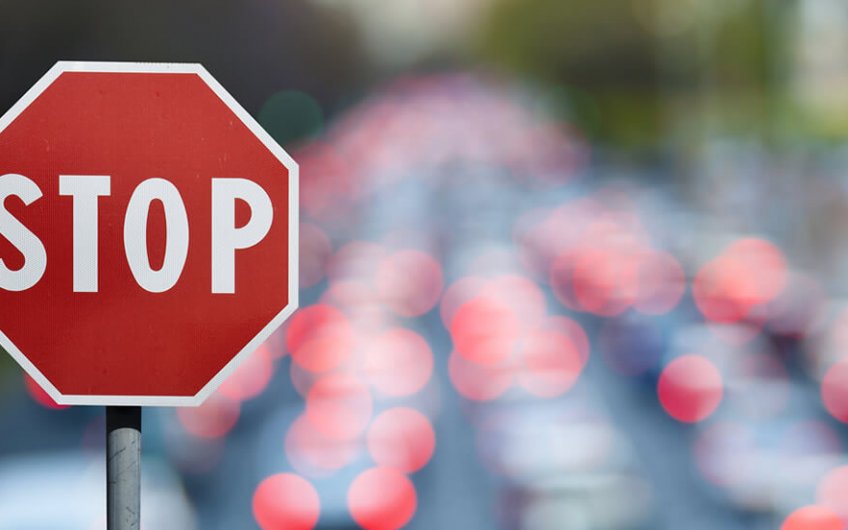
Emesa has replaced the traffic signs on the M30. This replacement has been considered for some time and has been carried out thinking of the numerous benefits it could bring to the workers who keep this road in a good condition and to all the drivers who use it.
One of the main causes of accidents among workers of companies involved in road maintenance and construction is manually handling loads. These loads are heavy and cannot be handled easily by one person.
This is one of the main reasons why the signs have been replaced and the solution has been to change the signs for other less heavy ones. For this purpose, different materials have been used in manufacturing these signs.
It must be noted that road workers are continually putting up signs and this change is a major step forward in both their day-to-day and long-term lives. They handle these loads mainly on lane closures. They often overexert themselves when carrying heavy signs and thanks to this change, apart from making their working day more bearable, health problems that may arise over the years due to the wear and tear produced by these overexertions are avoided.
In recent years, other materials have been chosen to provide signs in order to be able to work during lane closures and road works. In the past, they were always made of steel, a heavy material that made handling the signs difficult.
Now, signs with aluminium or fiberglass materials are used. This has meant a considerable reduction in the weight of the signs, making them easier for workers to handle. In 2018, 79 aluminium signs were purchased for the M30, and a total of 32 fibreglass signs were purchased in 2019.
There is a total of 6 types of signs that are used and have been replaced:
| Heavy steel works sign | Heavy aluminium works sign | Percentage of weight reduction | |
| Traffic jam triangle sign | 13,34 kg | 3,04 kg | 77,2 % |
| Works triangle sign | 13,34 kg | 3,04 kg | 77,2 % |
| Narrowing panel sign | 9,96 kg | 3,03 kg | 69,6 % |
| Limited speed signs | 10,73 kg | 2,25 kg | 79% |
| Steel post | 11,14 kg | ||
| Post | 2,26 kg |
The density of glass-fibre reinforced plastic or GRP is about 1.7 tonnes per cubic metre. The thickness of the thinnest signs is about 2.5 mm, giving them a weight of about 4.25 kg per square metre.
On the other hand, aluminium has a density of 2.75 ton/m3 and the thickness of signs is usually 1.5 mm (if they are very large 2mm). This way we will have signs with 4.1 kg per square metre for thicknesses of 1.5 mm and 5.5 kg per square metre for 2 mm thick signs.
Using fibreglass has made workers perform their tasks more efficiently. And all this is done at very affordable prices, so a big investment was not needed in order to make these changes to the sign materials.
This change is bringing great benefits to the workers in their workday and to the companies, as they work more efficiently. This is the basis for the best possible productivity, a good working environment and thanks to the encouragement of such measures, workers give the best of themselves.